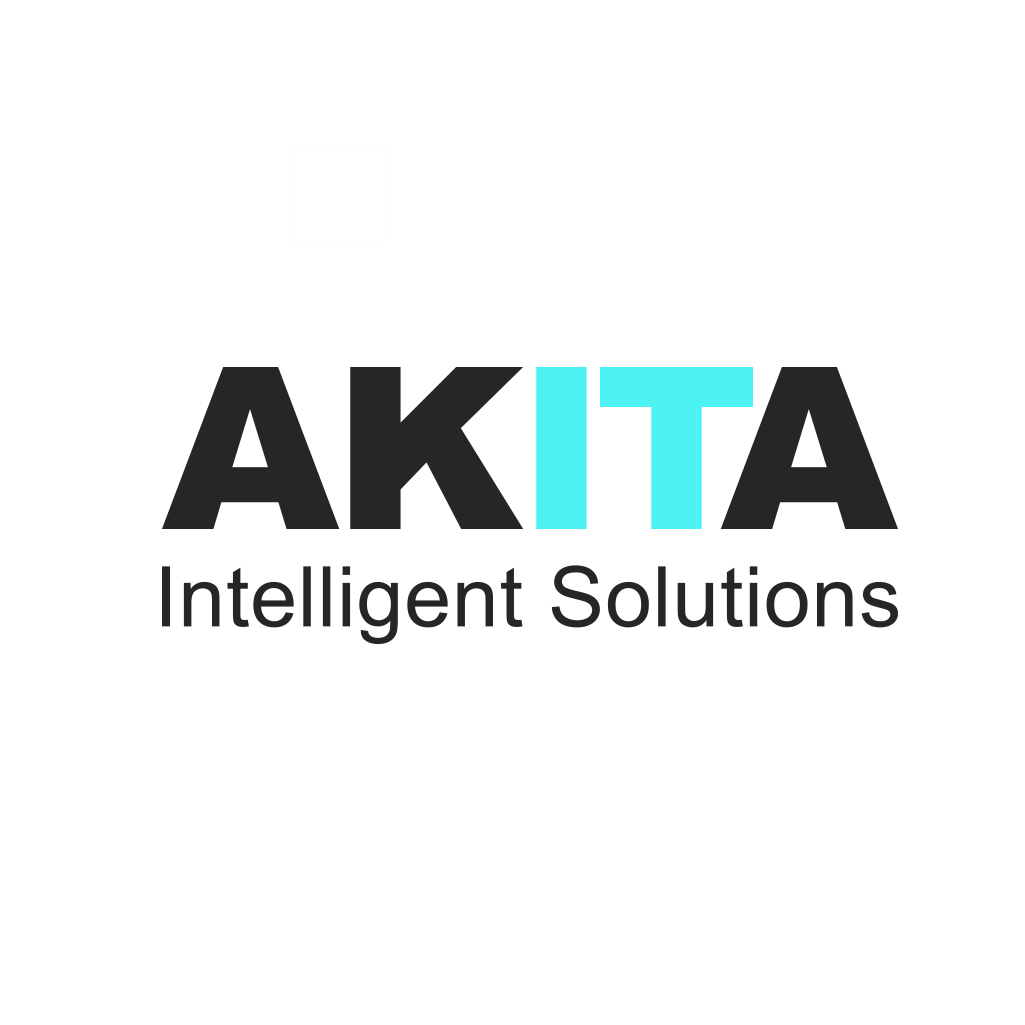Born out of the aim to develop a Software-as-a-Service (SaaS) ERP system, Microsoft’s Business Central is proving the solution-of-choice for small and mid-sized organisations.
Although Business Central shares functional similarities with its predecessor - Dynamics NAV - there are a number of features that make Business Central a more attractive proposition
1. Scope for customisation
Compared to Dynamics NAV, Business Central is a much more flexible ERP platform. Organisations can scale up or down to meet their organisation’s needs, adding new functionality as and when it is needed.
Business Central is cloud-hosted from Microsoft’s data centres, so there’s virtually no limit to the size of your ERP system. Cloud hosting also makes it easier for Microsoft to deploy new feature updates (twice a year) and security patching (monthly).
2. Working without silos
All modules within Business Central integrate seamlessly. This makes it the perfect solution for organisations looking to operate without data silos (areas where management have limited visibility of data or trends).
For example, Business Central’s sales CRM functionality works intuitively with its manufacturing, warehousing and finance modules. This means you can see data from all areas of an organisation within one location. You can also see how data flows from one business area to another and determine if processes are being carried out efficiently.
A company without data silos can work more strategically, avoiding unexpected operational bottlenecks or resource shortages.

3. Better business insight
Business Central can also be linked with Power BI and Azure Intelligence tools to improve business intelligence. These tools can help with business forecasting, providing but also in bringing more insights into your organisation and keeping you agile.
Power BI presents your data in easy to understand visuals and allow you to interrogate your data as required. Reporting is always up to the moment, meaning you can get the information you need any time with just a couple of clicks.
4. Ease in licensing
Business Central is licensed monthly per user. You only pay per-named user when renewing your subscription, so new users can be added quickly and unnecessary users retired. There are also discounted Team Member licences available for users that only need basic access to Business Central.
NAV users may have difficulty with this approach to licensing. However, many organisations are now used to Microsoft’s Office 365 licensing model, so will be comfortable with Business Central licensing.
Business Central also works indigenously with Office 365, meaning users can quickly access information from Business Central in applications such as Outlook.
5. Extended functionality
Unlike Dynamics NAV, Business Central allows users to install extensions that independent software vendor (ISV) partners have developed from Microsoft AppSource. Because of this provision, users can expand the functionality of a Business Central application beyond Microsoft’s developments. Apps range from helpful tools to APIs that enables software such as Sage to integrate with Business Central.
Business Central over Dynamics NAV long-term
The final reason but perhaps most compelling reason to use Business Central over Dynamics NAV is longevity. NAV is scheduled be retired, with Microsoft support, patching and new development ending.
At this time, organisations will be required to migrate to a new solution. For its range of features and familiarity to users, Business Central will make the logical choice.
To take arrange a demo of Dynamics 365 Business Central please get in touch.





